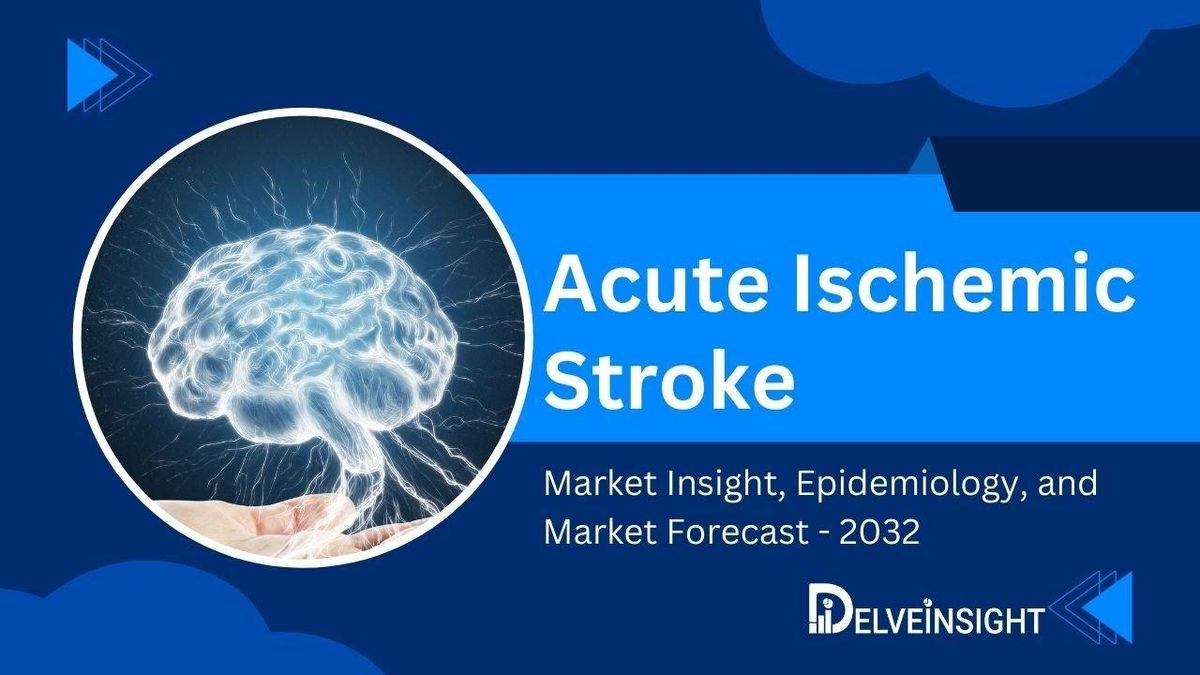The ischemic stroke market is on course for significant expansion, poised to reach USD 5.2 billion by 2034, up from USD 3 billion recorded just last year. This represents a compound annual growth rate (CAGR) of 5.24% between 2024 and 2034, and it's driven by innovative therapeutic strategies and heightened public awareness surrounding stroke treatment.
One of the standout advancements within the stroke treatment domain is the emergent use of tissue plasminogen activator (tPA). tPA has gained traction for its ability to dissolve blood clots and restore blood flow to the brain, which is critical for minimizing brain damage during the acute phase of ischemic strokes. Timely intervention using tPA can dramatically improve patient outcomes and recovery rates.
Embracing technology has been pivotal for hospitals and clinics alike, marking a transformation fueled by artificial intelligence (AI) and machine learning (ML). These state-of-the-art technologies facilitate quicker diagnosis and treatment planning. AI-powered solutions are capable of analyzing brain scans at lightning speed to identify stroke-causing blockages. For example, platforms like Viz.ai not only help detect strokes more accurately but also alert medical personnel swiftly, which can significantly decrease the time to treatment, and as they say, time lost is brain tissue lost. This integration is helping redefine how strokes are managed globally.
Meanwhile, telemedicine has emerged as a game-changer, particularly for patients situated in remote areas where access to specialized care might be limited. Telestroke programs allow stroke specialists and local healthcare providers to connect via video conferencing, ensuring rapid diagnosis and intervention regardless of the patient's location. Programs like the TeleStroke Center at Massachusetts General Hospital have shown tremendous promise, improving treatment times and overall patient outcomes.
Another promising approach is the focus on wearable technology, which plays an instrumental role in early detection and preventive strategies for stroke patients. These devices monitor heart rates and other key indicators, flagging irregularities such as atrial fibrillation—a key risk factor for stroke. Studies have underscored the significance of these devices, blending lifestyle and healthcare technology to empower patients with actionable insights about their health.
Further innovations have led to neuroprotective drugs, such as NA-1 (nerinetide), which aims to protect brain cells during and after stroke events. Clinical trials have indicated the neuroprotective effects this drug can have, minimizing brain damage during acute treatment phases when every second counts. Similarly, mechanical thrombectomy devices, which physically retrieve clots from blood vessels, have revolutionized the treatment paradigm for acute ischemic strokes, drastically enhancing the efficacy of these interventions.
Preventive care has also gained momentum, with health organizations emphasizing the management of risk factors linked to stroke incidence. Conditions like high blood pressure, diabetes, and high cholesterol have been identified as key stroke risk contributors. The American Heart Association's campaign titled 'Life's Simple 7' is aimed at reducing these risks through public education about lifestyle modifications like improving diet and increasing physical activity.
For many patients, early intervention is not just beneficial; it can be life-saving. The 'FAST' (Face, Arms, Speech, Time) campaign has played a key role in educating the public about the symptoms of strokes, ensuring quicker recognition and response to these medical emergencies. Such public awareness initiatives make all the difference; it’s not just about treating strokes but also preventing them from occurring.
On the research front, significant strides have been made to understand the underlying biology of strokes, including the dynamics of the blood-brain barrier (BBB). The BBB's role is critical because it often becomes compromised during strokes, leading to additional brain damage. Recent inquiries are focusing on innovative drug delivery systems aimed at enhancing therapeutic effects across this barrier, helping maximize treatment efficacy.
At institutions like the University of Tennessee Health Science Center, research funded by grants from the National Institutes of Health (NIH) is focused on developing superior cognitive screening processes post-stroke. This includes identifying cognitive impairments often overlooked during standard neurological assessments. With stroke survivors frequently showing signs of cognitive decline, targeted interventions based on thorough assessments could improve their quality of life significantly.
Dr. Ansley Stanfill, who is leading research initiatives at UTHSC, epitomizes the blending of academic and clinical efforts to tackle post-stroke challenges. With her focus advancing on the cognitive impacts of strokes, she’s striving to deliver actionable insights to improve the lives of survivors. The mortality rates for specific stroke types, such as aneurysmal subarachnoid hemorrhage, can reach alarming heights, so efforts to improve screening and treatment protocols could save lives.
Looking at the market on the global scale, regions like the United States lead the charge, not only due to its advanced healthcare infrastructure but also because of substantial investments aimed at stroke care improvement. Countries across Europe and Asia are also making leaps, with innovative approaches and therapeutic strategies becoming increasingly common.
The competitive arena contains major players including Boehringer-Ingelheim and AstraZeneca, both of which are pushing the envelope with their drug developments and treatment technologies. AstraZeneca, for example, continues to refine its key product, Activase (Alteplase), which has consistently showcased its efficacy as the go-to treatment for acute ischemic strokes.
With tangible innovations spanning diagnosis and treatment, the ischemic stroke market is rapidly evolving. Each leap forward—from AI incorporation to neuroprotective drugs—offers glimmers of hope for significantly improved patient outcomes. The future of stroke care isn’t just about treating the condition; it’s about preventing it, managing it more effectively, and ensuring survivors can lead fulfilling, quality lives thereafter.




